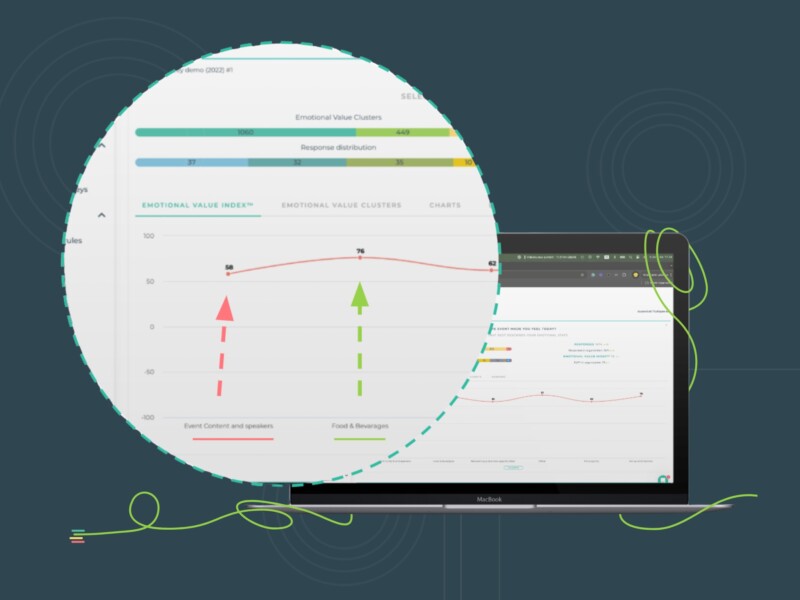Customer experience (CX) and employee experience (EX) go hand in hand. It’s a classic ‘chicken or the egg?’ scenario, and it’s still debated whether scoring top grades in EX leads to better CX, or whether instilling a CX mentality leads to better EX – or both.
Regardless, these concepts are representative of a new way of doing business. It’s often clear how strongly these two key forces are linked together. Poor customer experience reflects the company’s employee experience. They are very much dependent on each other, and if your company is not performing well on one side, the other side suffers.
As our perspectives shift with regards to the source of customer and employee value, so too does our methodology for optimizing this value.
In other words, we often get stuck in an outdated way of thinking when it comes to our efforts to improve CX and EX. While the concepts are different and should be approached as such, fundamentally they are more similar than we think, and that’s why finding the right balance between them is so important.
Leadership Fosters Success
If you want something to succeed, a project, a transformation, a new product – it must be fully embraced by the organization.[pullquote]If you want something to succeed, a project, a transformation, a new product – it must be fully embraced by the organization.[/pullquote]
A common failure in companies of all sizes is when the management team decides on a new initiative, delegates the responsibility to the department managers, and expects it to succeed. The reality is that with more complex projects, like improving CX or EX, it’s partially a case of ‘lead by example’.
Unfortunately, this approach is not well-liked by investors who are often short-sighted and profit driven; This is simply because CX and EX should not and cannot be a short-term game. The key to success is to embrace these concepts at every level, and instill them into your company culture.
Finding a Balance
If both CX and EX are managed properly, they can create long-lasting value for the organization. Succeeding in both CX and EX will always increase the efficacy of your sales team, leading to a sustainable competitive advantage that is difficult for your competitors to imitate.
To succeed in uniting the departments in your company to collaborate on CX and EX efforts, your organization should have a C-level manager who works with both CX and EX and can control the effort throughout the whole organization.
A manager working in a C-level position would be pushing for the continuous improvements of CX and EX . This should be approached from a transformational perspective as well. This can take shape in a number of ways. Ideally, an organization would have a C-level position with the responsibility of taking care of CX or EX or both.
Some organizations have a Chief Experience Officer (CXO) or Chief Happiness Officer (CHO). It is this person’s job to ensure positive experiences for all stakeholder groups, particularly employees and customers.
It’s not enough to approach CX and EX on a project basis, the core values must be instilled into the culture of the organization – and this must come from the top-down.
Negative Consequences
At worst, not having your CX and EX balanced could result in allowing employees who don’t have the knowledge to successfully handle customer interactions. Similarly, they might end up results which do not support the company’s goals. This could be the case if a company focuses on EX only.
On the other hand, if the organization is only considering CX in their strategy and everyday work, employees may feel neglected and employee engagement may decrease. Costs may increase as employee turnover increases and the employer brand may decrease resulting in fewer applications.
Read our post about the true costs of bad customer experience to learn more.
Opportunities in Harmonization
When CX and EX management are aligned in an organization, the results are aligned as well. Having shared goals with EX and CX leads to better outcomes (and higher NPS scores!). [pullquote]Having shared goals with EX and CX leads to better outcomes (and higher NPS scores!).[/pullquote]
The overarching commonality is that the C-level manager should keep informed with how the organization is performing in terms of CX and EX. Customer and employee journeys are relevant in this case to keep track of company performance. They make sure that you can identify the factors which are impacting the company KPI’s, both positively and negatively.
To automate customer and employee journey tracking, try Feedbackly.



